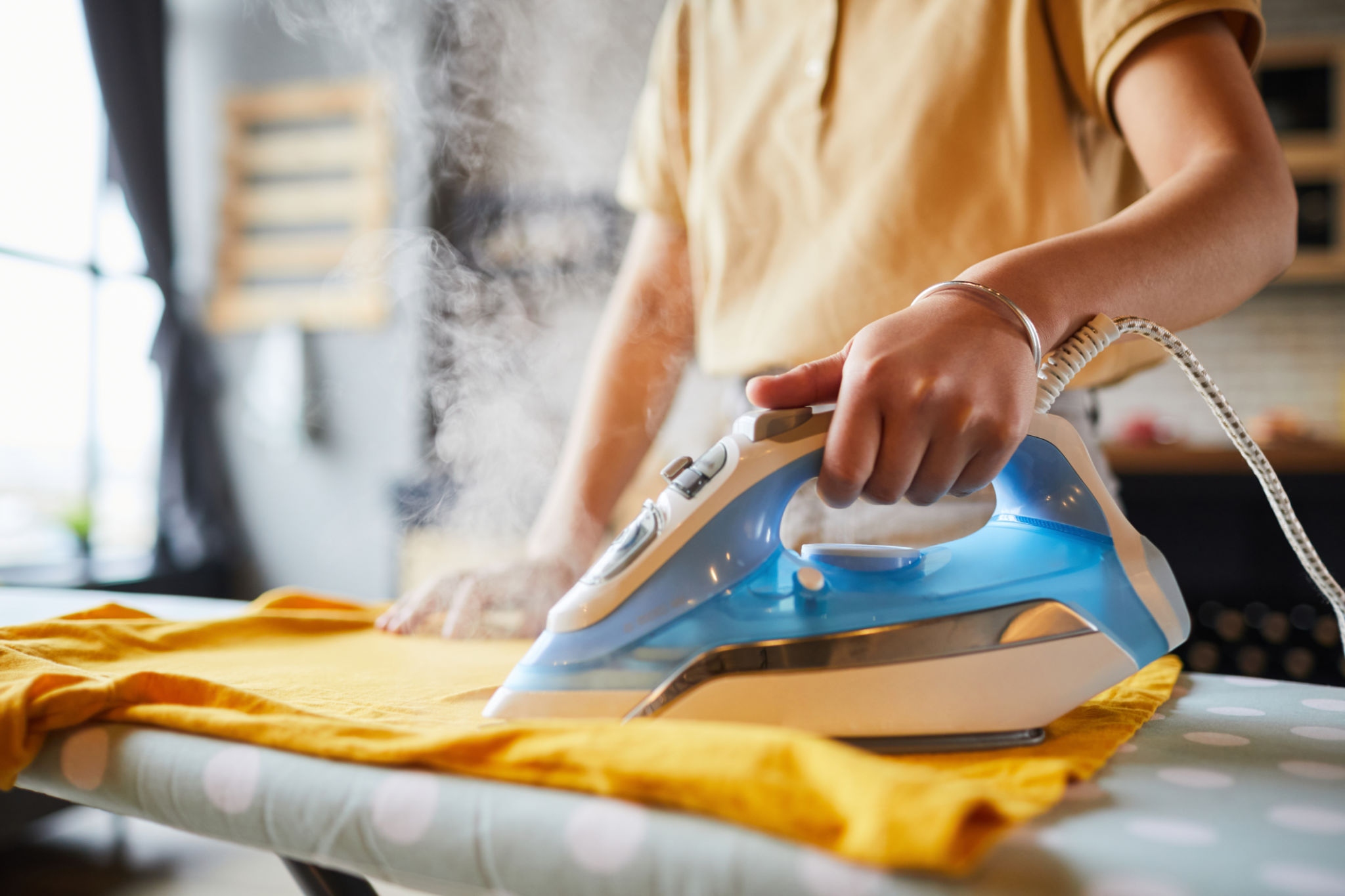Expert Tips for Maintaining Ironed Clothes: A Professional's Secret
Understanding Fabric Types
One of the most important factors in maintaining ironed clothes is understanding the types of fabric you are dealing with. Each type of fabric has its own set of guidelines for ironing and care. Cotton, linen, silk, and synthetic fibers all respond differently to heat and moisture. Cotton and linen generally require a higher heat setting, while silk and synthetics need a lower temperature to avoid damage.
Before you start ironing, always check the care label on your garments. This will give you specific instructions on the appropriate heat setting and whether steam is recommended. Knowing these details can help prevent accidents like scorching or melting the fabric.

Proper Ironing Techniques
When it comes to ironing, technique is everything. Start by setting up a clean, flat ironing board in a well-lit area. Fill your iron with distilled water to prevent mineral build-up that can occur with tap water. Begin with lower temperature fabrics and gradually move to higher settings as needed.
Use a gentle back-and-forth motion to avoid stretching the fabric. For particularly stubborn wrinkles, apply light steam or use a pressing cloth to protect delicate materials. Pay special attention to collars, cuffs, and seams, as these areas tend to show wrinkles more prominently.

Storing Ironed Clothes
Once your clothes are perfectly ironed, it's crucial to store them properly to maintain their crisp appearance. Hang clothes on sturdy hangers that provide adequate support for the garment's shape. Avoid overcrowding your closet, as this can lead to wrinkles forming again.
If hanging isn't an option, fold clothes neatly along natural garment lines. Place tissue paper between folds to prevent creases, especially for delicate fabrics. Always ensure your storage area is cool and dry to avoid any moisture-related issues.

Avoiding Common Mistakes
To keep your clothes looking professionally pressed, avoid common ironing mistakes. Never leave the iron on a garment unattended, as this can lead to burns or shiny spots. Test the iron on a small inconspicuous area first to ensure the heat setting is suitable.
Avoid using too much steam on delicate fabrics, as this can cause water stains or stretching. Additionally, clean your iron regularly to remove any residue from starch or fabric softeners that may have transferred during previous uses.
Additional Care Tips
In addition to ironing, there are other practices that can help maintain the appearance of your clothes. Invest in a good garment steamer for quick touch-ups. This can be especially useful for items that are difficult to iron, such as pleated skirts or delicate blouses.
Regular maintenance like washing clothes as per label instructions and avoiding over-drying can also play a significant role in reducing wrinkles. For items that require extra care, consider professional dry cleaning services.

The Final Touch
For that polished, professional look, consider using starch or sizing products sparingly. These can add a crisp finish to shirts and blouses but may also attract dirt if overused. Apply lightly and test on a small area before full application.
Maintaining ironed clothes may seem like a daunting task, but with these expert tips, you can keep your wardrobe looking sharp and fresh. Remember that a little attention to detail goes a long way in preserving the life and appearance of your garments.